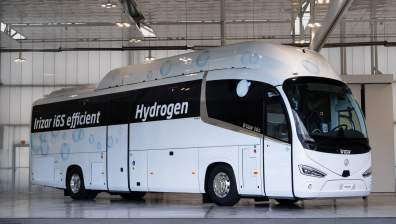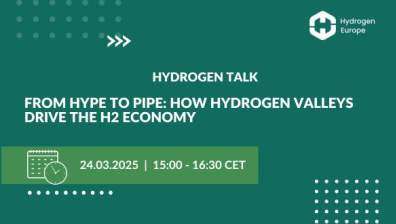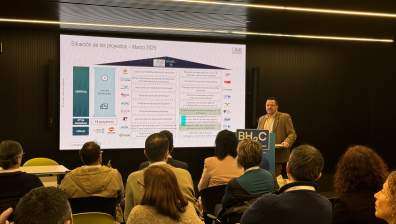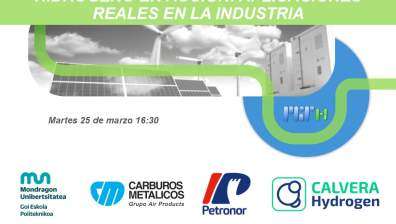
H2med shares the results of the Call for Interest and outlines the next steps of the project.
Last November, the five promoters of H2med, including Enagás, launched a Call for Interest (CFI) to identify the needs of all the regions along the hydrogen corridor that will connect Portugal, Spain, France and Germany. The CFI was also designed to assess the needs of future infrastructure users across the entire hydrogen value chain. The findings will help optimise infrastructure design and establish operational specifications.
Around 170 companies responded with over 500 reported projects, spanning the value chain from production to consumption along the H2med corridor. This is indicative of a high level of interest in the proposed infrastructure and confirms the role of H2med in achieving the decarbonisation and reindustrialisation objectives of the European Union.
By 2030, the Iberian Peninsula has great potential for hydrogen exports (0.4 Mt/year for Portugal and 1.22 Mt/year for Spain), reaching full BarMar capacity as of 2032. According to the results of the CFI, in 2035, Spain will reach a volume of 4.6 Mt total production and 2.6 Mt production for domestic consumption. The CFI also reveals an interest of North African countries in shipping their hydrogen production to Europe from 2040 onwards.
In France, the results show considerable volumes and strong market consumption and production trends. It is estimated that consumption could reach almost 0.9 Mt/year by 2050, driven mainly by the chemical industry and e-fuel production for the mobility sector. On the other hand, H2med consumption projects in the west of Germany will take up half of the capacity of this corridor in 2035. The corridor will make a significant contribution to meeting this demand, expected to reach 17 to 21 Mt/year by 2040 according to the German Ministry of Economics and Climate Affairs.
The next steps in the H2Med project include expanding the H2Med alliance, and developing and boosting a match-making platform to enable the registration of new projects, promote market development and help build business relationships for future collaboration. Work will also be done on aligning regulatory timelines between participating countries to reduce risk and facilitate industrial commitments.
Source: H2med




